British Columbia’s Opposition Leader John Rustad and forestry critic Ward Stamer say B.C. should “get tougher” to fight back against increasing U.S. tariffs on Canadian softwood lumber. …In a joint statement, Rustad and Stamer said the forestry sector has been in decline for eights years under the NDP and the province could be doing more in B.C. to make more wood available, fix the cost structure and “put the feet back under” the sector. The MLAs said the province needs to “get tougher” to deal with Trump, starting with a levy on U.S. thermal coal that moves through B.C. ports. “If that’s not enough, those shipments should be outright banned to put real pressure on the U.S. and bring them to the table,” the statement reads. Stamer said the new tariffs will be “the final blow” to forestry workers and communities that have been “paying the price” for years.
Related coverage:
- Victoria News, by Brendan Shykora: BC Conservatives have ideas on responding to new U.S. lumber tariffs
- Victoria News, by Lauren Collins: B.C., unions calling on feds support after additional 10% tariff on lumber
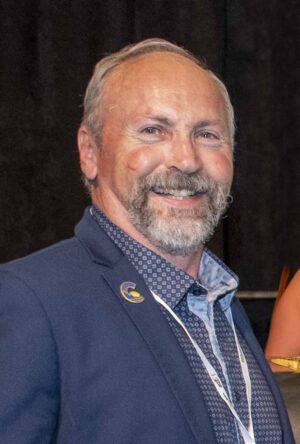


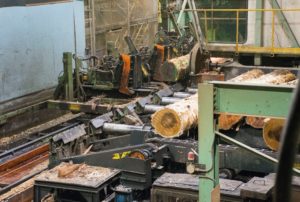 PRINCE GEORGE – Prime Minister Mark Carney met with President Donald Trump to discuss the connection between energy cooperation and support for Canada’s steel and aluminum industries. However, this meeting raised some eyebrows among forestry industry leaders, who wondered why softwood was left out of the conversation. Brink Forest Products owner John Brink believes that the omission of softwood tariffs in discussions with the president is yet another setback for an already struggling sector. MLA Kiel Giddens also voiced his disappointment that softwood lumber was left off the agenda, especially since forestry ranks among Canada’s leading employers. Brink notes that wood manufacturing plants are still shutting down across the province, and he believes the West must unite to send a strong message to Ottawa.
PRINCE GEORGE – Prime Minister Mark Carney met with President Donald Trump to discuss the connection between energy cooperation and support for Canada’s steel and aluminum industries. However, this meeting raised some eyebrows among forestry industry leaders, who wondered why softwood was left out of the conversation. Brink Forest Products owner John Brink believes that the omission of softwood tariffs in discussions with the president is yet another setback for an already struggling sector. MLA Kiel Giddens also voiced his disappointment that softwood lumber was left off the agenda, especially since forestry ranks among Canada’s leading employers. Brink notes that wood manufacturing plants are still shutting down across the province, and he believes the West must unite to send a strong message to Ottawa. 
 Plans to institute an “extended maintenance shutdown” of the Interfor lumber mill in Grand Forks is not a permanent shutdown, according to the company. On Sept. 4 Interfor Corporation announced plans to reduce its lumber production by approximately 145 million board feet at all operations between September and December of 2025, representing approximately 12 per cent of its normal output. The temporary curtailments will be through a combination of reduced operating hours, prolonged holiday breaks, reconfigured shifting schedules and extended maintenance shut-downs. The curtailments are expected to impact all of Interfor’s operating regions, with both the Canadian and U.S. operations expected to reduce their production levels by approximately 12 per cent each. “The curtailments are in response to persistently weak market conditions and ongoing economic uncertainty,” read a statement from the company.
Plans to institute an “extended maintenance shutdown” of the Interfor lumber mill in Grand Forks is not a permanent shutdown, according to the company. On Sept. 4 Interfor Corporation announced plans to reduce its lumber production by approximately 145 million board feet at all operations between September and December of 2025, representing approximately 12 per cent of its normal output. The temporary curtailments will be through a combination of reduced operating hours, prolonged holiday breaks, reconfigured shifting schedules and extended maintenance shut-downs. The curtailments are expected to impact all of Interfor’s operating regions, with both the Canadian and U.S. operations expected to reduce their production levels by approximately 12 per cent each. “The curtailments are in response to persistently weak market conditions and ongoing economic uncertainty,” read a statement from the company.
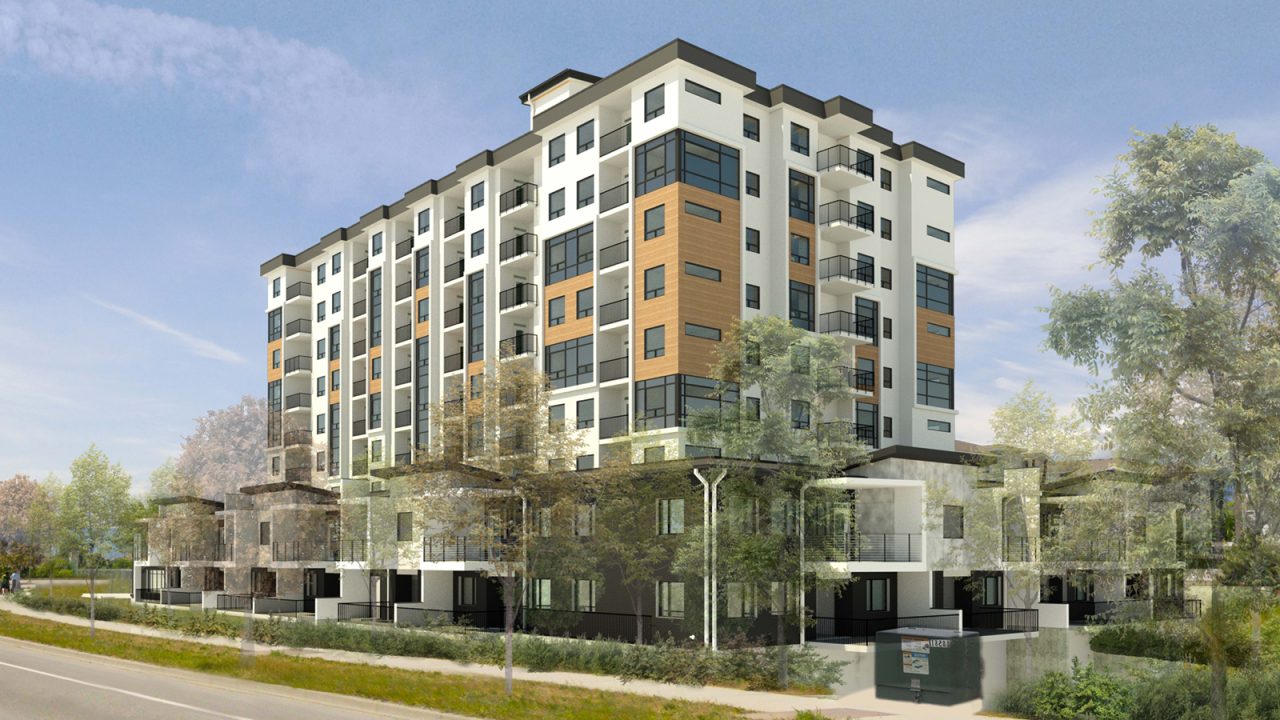




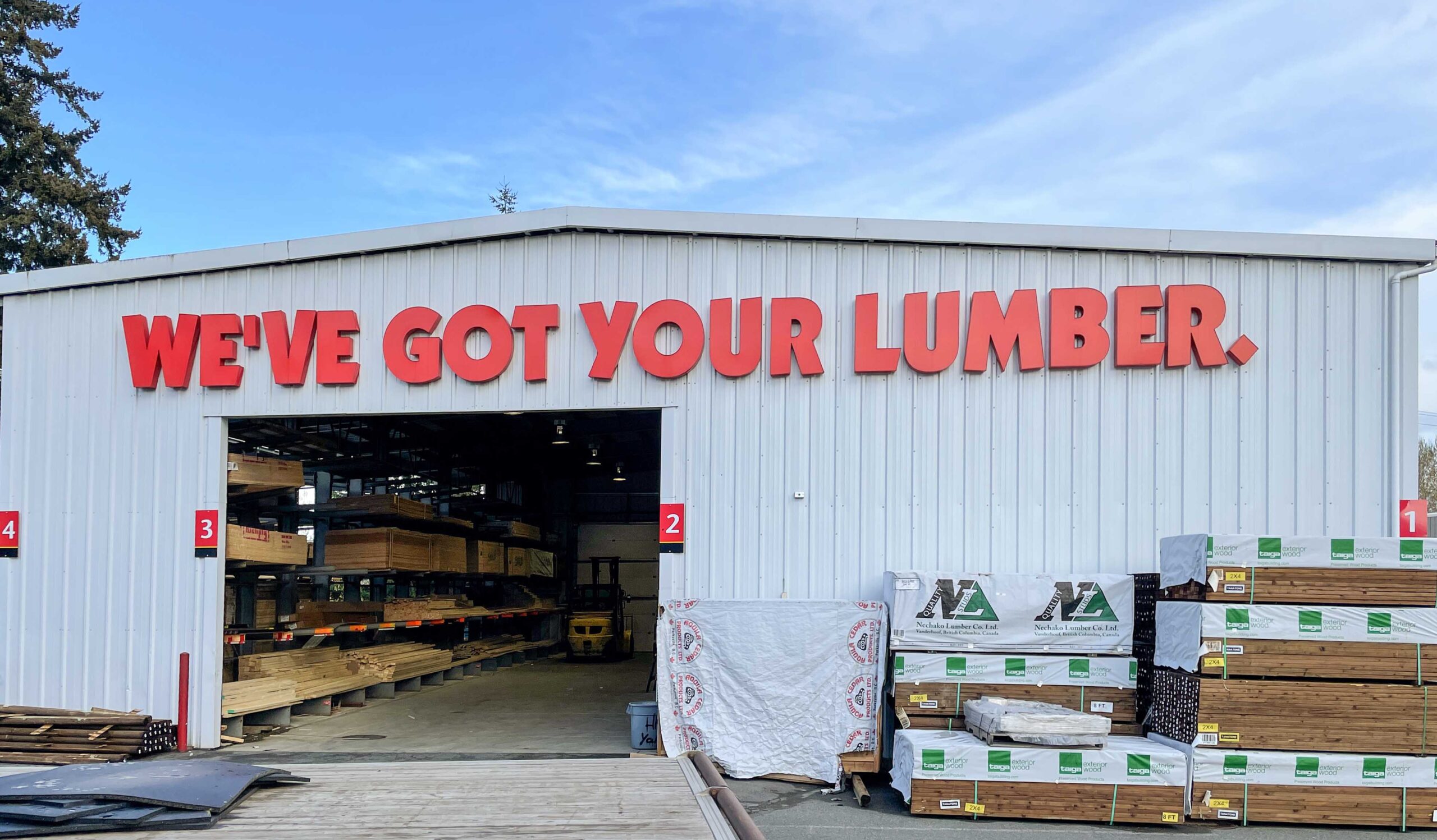 Construction plastics are a major source of plastic waste in the province, and they urgently need to be measured, tracked and upcycled, says a B.C. organization that promotes sustainable built environments. Canada’s Federal Plastics Registry is expanding in 2026 to include construction plastics, but industry efforts are already underway to gather data and pilot new ways of reducing and reusing them, said Vancouver-based
Construction plastics are a major source of plastic waste in the province, and they urgently need to be measured, tracked and upcycled, says a B.C. organization that promotes sustainable built environments. Canada’s Federal Plastics Registry is expanding in 2026 to include construction plastics, but industry efforts are already underway to gather data and pilot new ways of reducing and reusing them, said Vancouver-based 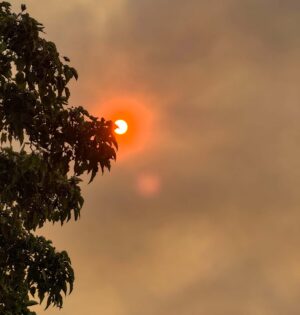 The Saskatchewan NDP’s critic for forestry is calling on the province to provide support to help forests in the north recover from this summer’s destructive wildfire season. Cumberland MLA Jordan McPhail said more than 2.9 million hectares of forest was destroyed by fire over the summer, and this is having an impact on the forestry sector. “They’re literally seeing future profits go up in smoke,” he said. The northern Saskatchewan MLA said the provincial government can play a positive role by investing in reforestation work. McPhail said provincial regulations dictate that forestry companies replant two trees for every single tree they take. These dictates do not apply in instances where trees are destroyed by fires. …The Government of Saskatchewan said the province is committed to doubling growth in the forestry sector and is prepared to support the industry to do this.
The Saskatchewan NDP’s critic for forestry is calling on the province to provide support to help forests in the north recover from this summer’s destructive wildfire season. Cumberland MLA Jordan McPhail said more than 2.9 million hectares of forest was destroyed by fire over the summer, and this is having an impact on the forestry sector. “They’re literally seeing future profits go up in smoke,” he said. The northern Saskatchewan MLA said the provincial government can play a positive role by investing in reforestation work. McPhail said provincial regulations dictate that forestry companies replant two trees for every single tree they take. These dictates do not apply in instances where trees are destroyed by fires. …The Government of Saskatchewan said the province is committed to doubling growth in the forestry sector and is prepared to support the industry to do this.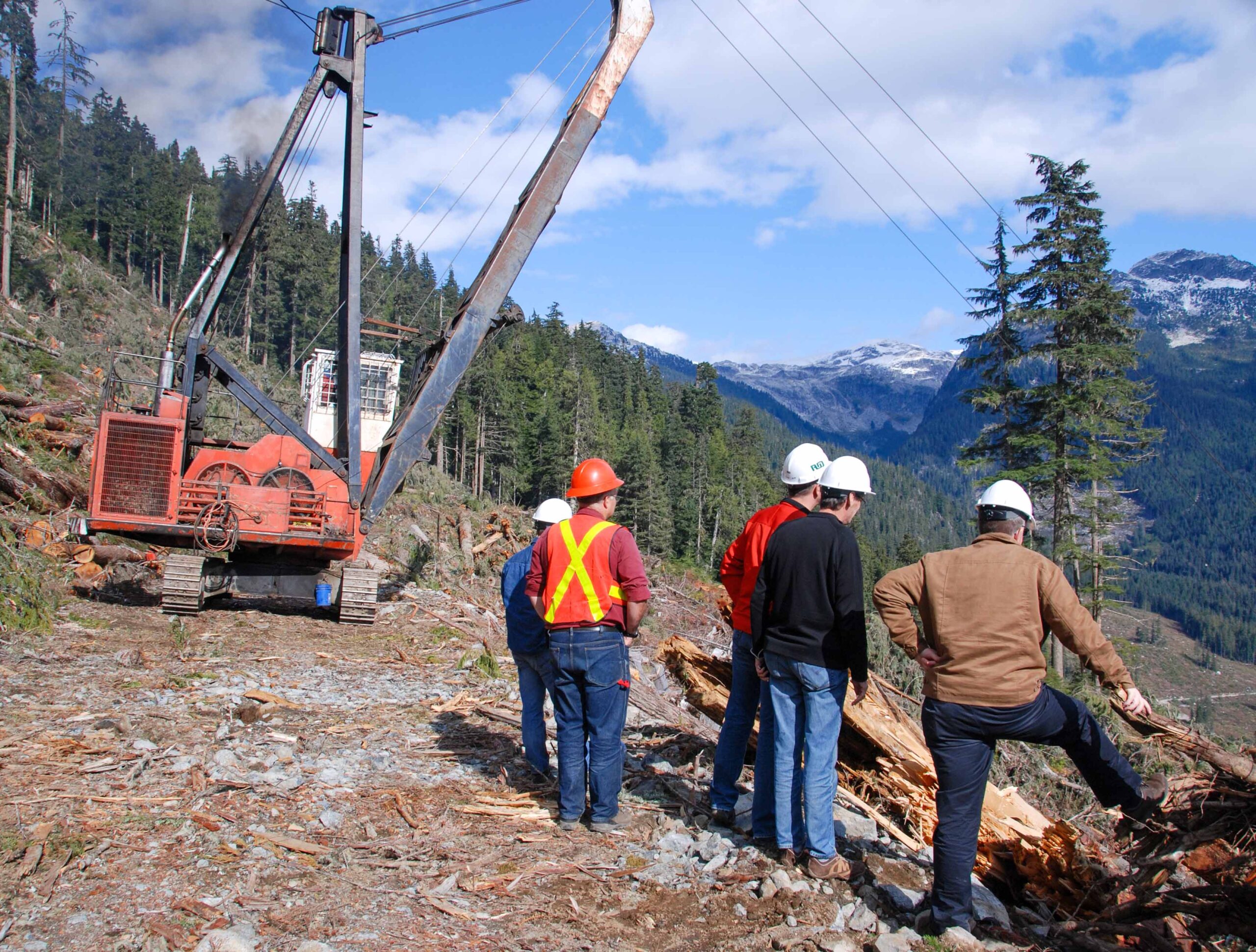 BANFF – A large swath of land will be logged at the base of Sulphur Mountain this winter to help further protect the Banff townsite from a future runaway wildfire similar to one that destroyed part of Jasper last year. As part of Parks Canada’s ongoing work to reduce the threat of wildfire to the townsite, the plan calls for 125 hectares to be logged and thinned in the Spray and Middle Springs area over the next two winters, including about 79 ha this winter. The entire project – which aims to slow the spread of an approaching wildfire and aid in suppression efforts to protect the Banff townsite – is slated to begin by the end of November and wrap up by spring 2027. …The Town of Banff has directed almost $1.5 million to be spent in 2025 wildfire mitigation work in 2025 within the four-km2 townsite.
BANFF – A large swath of land will be logged at the base of Sulphur Mountain this winter to help further protect the Banff townsite from a future runaway wildfire similar to one that destroyed part of Jasper last year. As part of Parks Canada’s ongoing work to reduce the threat of wildfire to the townsite, the plan calls for 125 hectares to be logged and thinned in the Spray and Middle Springs area over the next two winters, including about 79 ha this winter. The entire project – which aims to slow the spread of an approaching wildfire and aid in suppression efforts to protect the Banff townsite – is slated to begin by the end of November and wrap up by spring 2027. …The Town of Banff has directed almost $1.5 million to be spent in 2025 wildfire mitigation work in 2025 within the four-km2 townsite.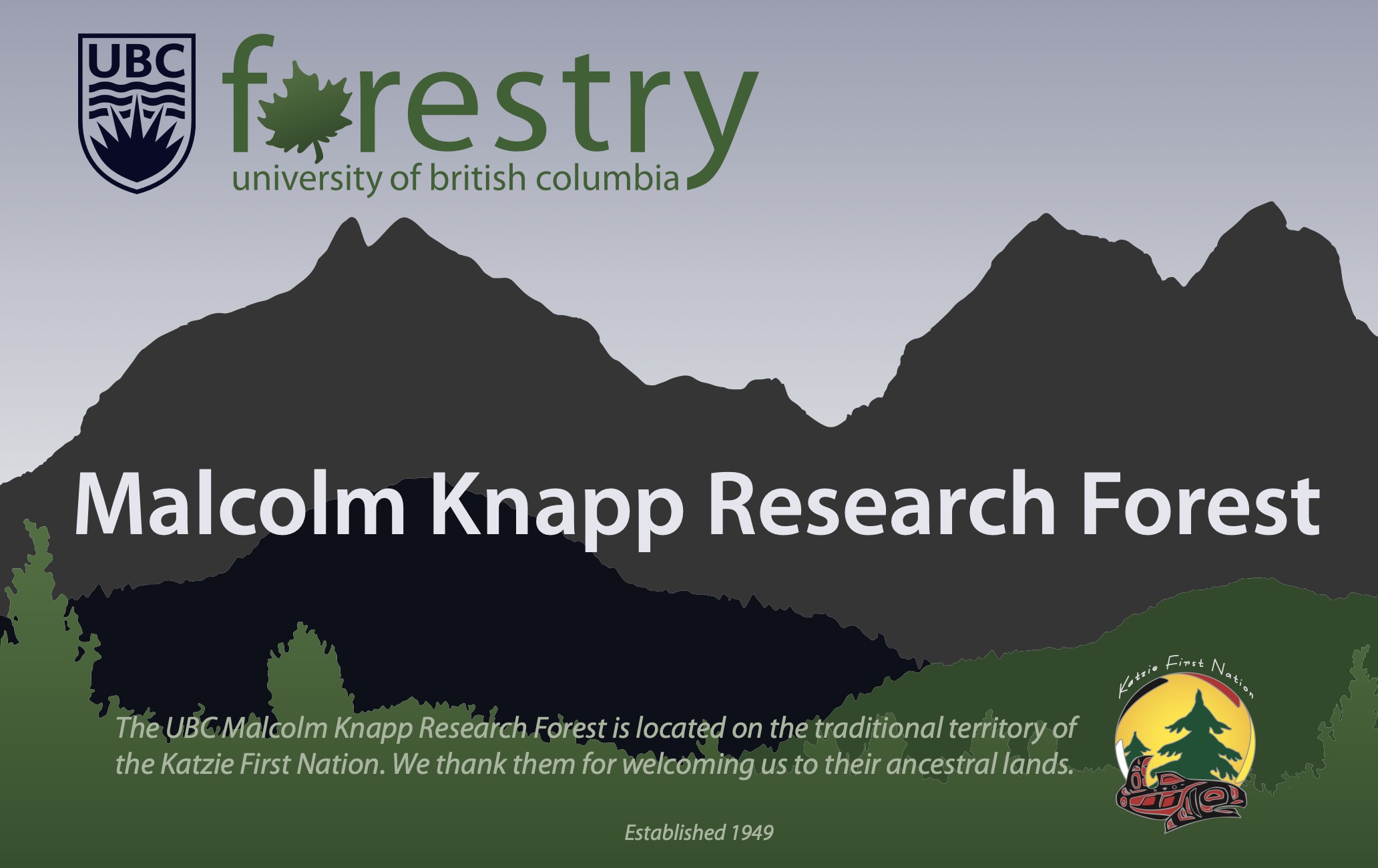 Maple Ridge’s greenery is being recognized and awarded on a national scale. Malcolm Knapp Research Forest is one of two forests operated by the University of B.C. (UBC) that was recently acknowledged with a Canadian Institute of Forestry – Canadian Forest Management Group Achievement Award. …The award recognizes outstanding achievements by teams of managers in the field of natural resource management in Canada, and the local forest was praised for its “pivotal role” in advancing forest education, research, and management across B.C. and beyond, explained Helene Marcoux, local research forest director who was on hand for the recent awards presentation. …Through the coordination of more than 1,400 research projects and the delivery of experiential learning programs to thousands of students and professionals, the research forests have significantly shaped forest policy, sustainable management practices, and public understanding of forestry, said presenters of the national awards.
Maple Ridge’s greenery is being recognized and awarded on a national scale. Malcolm Knapp Research Forest is one of two forests operated by the University of B.C. (UBC) that was recently acknowledged with a Canadian Institute of Forestry – Canadian Forest Management Group Achievement Award. …The award recognizes outstanding achievements by teams of managers in the field of natural resource management in Canada, and the local forest was praised for its “pivotal role” in advancing forest education, research, and management across B.C. and beyond, explained Helene Marcoux, local research forest director who was on hand for the recent awards presentation. …Through the coordination of more than 1,400 research projects and the delivery of experiential learning programs to thousands of students and professionals, the research forests have significantly shaped forest policy, sustainable management practices, and public understanding of forestry, said presenters of the national awards. At the Kelsey Bay log sort near the town of Sayward, B.C., pulverized cedar bark [is] evidence of the millions of trees that departed from here, never to return. “We’ve seen our territories decimated,” Wei Wai Kum Chief Christopher Roberts explains. Behind him, five freshly cut, old-growth cedars line the warming pavement. These trees, Roberts says, help explain why the nation is here today. …nations are claiming sizable stakes in an industry that has long excluded them. Wei Wai Kum is one of four First Nations to purchase a $36-million stake in La-kwa sa mukw Forestry Partnership, a joint operation with logging company Western Forest Products Ltd. Their partnership came after companies agreed to leave canoe-carving trees in their communities. A sign, for Roberts, that the industry was willing to change. …Now … First Nations’ tenure opportunities have exploded as B.C.’s biggest forest companies sell off major parts of their long-held licences.
At the Kelsey Bay log sort near the town of Sayward, B.C., pulverized cedar bark [is] evidence of the millions of trees that departed from here, never to return. “We’ve seen our territories decimated,” Wei Wai Kum Chief Christopher Roberts explains. Behind him, five freshly cut, old-growth cedars line the warming pavement. These trees, Roberts says, help explain why the nation is here today. …nations are claiming sizable stakes in an industry that has long excluded them. Wei Wai Kum is one of four First Nations to purchase a $36-million stake in La-kwa sa mukw Forestry Partnership, a joint operation with logging company Western Forest Products Ltd. Their partnership came after companies agreed to leave canoe-carving trees in their communities. A sign, for Roberts, that the industry was willing to change. …Now … First Nations’ tenure opportunities have exploded as B.C.’s biggest forest companies sell off major parts of their long-held licences. 
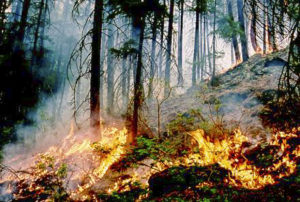 KAMLOOPS, BC — The impacts of climate change on wildland fires, cultural burning practices and inter-government cooperation are areas of research and interest among experts gathered by the newly-formed Wildfire Resilience Consortium of Canada. The national consortium was announced in July and received $11.7 million in funding over four years from Natural Resources Canada through the Wildfire Resilient Futures Initiative. Delegates from across Canada met for the first time on Thompson Rivers University’s campus last week for a three-day conference, which aimed to facilitate discussion, networking, and to pool knowledge. Rapid-fire presentations saw recipients of NRCan’s Building and Mobilize Foundational Wildland Fire Knowledge program speak about their projects and research studies. …Many of the presenters spoke of the increasing severity of wildfires, highlighting recent record-breaking fire seasons. University of Northern B.C. professor Che Elkin said climate change is having an impact on forest ecosystems, affecting individual tree growth and mortality.
KAMLOOPS, BC — The impacts of climate change on wildland fires, cultural burning practices and inter-government cooperation are areas of research and interest among experts gathered by the newly-formed Wildfire Resilience Consortium of Canada. The national consortium was announced in July and received $11.7 million in funding over four years from Natural Resources Canada through the Wildfire Resilient Futures Initiative. Delegates from across Canada met for the first time on Thompson Rivers University’s campus last week for a three-day conference, which aimed to facilitate discussion, networking, and to pool knowledge. Rapid-fire presentations saw recipients of NRCan’s Building and Mobilize Foundational Wildland Fire Knowledge program speak about their projects and research studies. …Many of the presenters spoke of the increasing severity of wildfires, highlighting recent record-breaking fire seasons. University of Northern B.C. professor Che Elkin said climate change is having an impact on forest ecosystems, affecting individual tree growth and mortality. Wildfire is part of the natural lifecycle of a forest; but as Manitoba continues to battle the embers of its most devastating fire season in more than 30 years, its leaders are starting to consider a more active role in managing this critical resource to stave off the flames. In early October, as more than 70 wildland fires still smouldered across the province, Premier Wab Kinew and a handful of cabinet ministers released Manitoba’s first all-encompassing plan to slash carbon emissions in the next 25 years. Among the promised initiatives was a
Wildfire is part of the natural lifecycle of a forest; but as Manitoba continues to battle the embers of its most devastating fire season in more than 30 years, its leaders are starting to consider a more active role in managing this critical resource to stave off the flames. In early October, as more than 70 wildland fires still smouldered across the province, Premier Wab Kinew and a handful of cabinet ministers released Manitoba’s first all-encompassing plan to slash carbon emissions in the next 25 years. Among the promised initiatives was a 




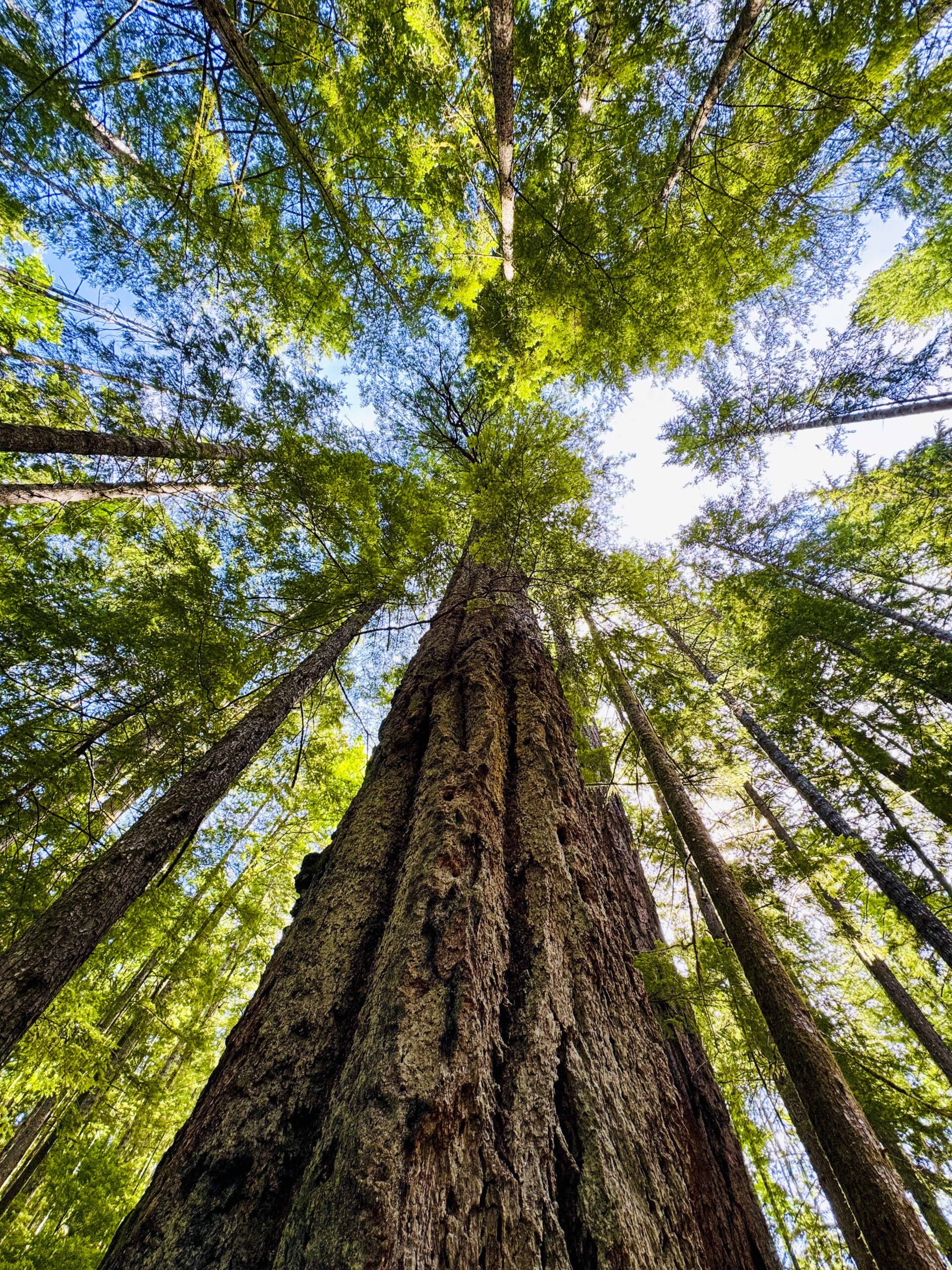 Last week, the Wildwood Ecoforest, located in Yellow Point just north of Ladysmith, got considerably closer to its original size. A successful campaign to raise $850,000 has allowed the
Last week, the Wildwood Ecoforest, located in Yellow Point just north of Ladysmith, got considerably closer to its original size. A successful campaign to raise $850,000 has allowed the  NANAIMO, B.C. – Mosaic Forest Management addressed community concerns about alternative road access following an incident on October 5th that halted safety work at the Bamfield Main Road worksite. The Ministry of Transportation and Transit has assumed control of the Bamfield Main Road repairs under Section 8 of the Transportation Act, with Mosaic providing technical support. The project is targeted for completion by month’s end. The Brenner Main/Museum Main corridor … remains restricted to limited Mosaic crews and one industrial user with pre-existing access. …“We understand people are frustrated seeing what appears to be a drivable road,” said D’Arcy Henderson, Senior Vice President, Timberlands and Chief Operating Officer. “But we’ve identified dangerous trees and boulders that could fall at any time. Making the Brenner corridor safe for public use would require the same weeks of intensive work currently underway on Bamfield Main. We cannot split our resources and double the timeline.”
NANAIMO, B.C. – Mosaic Forest Management addressed community concerns about alternative road access following an incident on October 5th that halted safety work at the Bamfield Main Road worksite. The Ministry of Transportation and Transit has assumed control of the Bamfield Main Road repairs under Section 8 of the Transportation Act, with Mosaic providing technical support. The project is targeted for completion by month’s end. The Brenner Main/Museum Main corridor … remains restricted to limited Mosaic crews and one industrial user with pre-existing access. …“We understand people are frustrated seeing what appears to be a drivable road,” said D’Arcy Henderson, Senior Vice President, Timberlands and Chief Operating Officer. “But we’ve identified dangerous trees and boulders that could fall at any time. Making the Brenner corridor safe for public use would require the same weeks of intensive work currently underway on Bamfield Main. We cannot split our resources and double the timeline.” CASTLEGAR, BC — A BC Timber Sales manager for the Kootenay-Boundary admits they may have a hard time selling wood in the coming months as local mills cope with additional U.S. tariffs. George Edney told Castlegar city council this week that his organization, which manages and auctions 20% of the timber on Crown land, will have sales opening next week in the Boundary. …Interfor has curtailed its Grand Forks operations indefinitely due to “persistently weak market conditions.” …Edney said if the wood they offer in the Boundary doesn’t sell at the upset price, they can drop the price and try again, or they can withdraw it altogether, although typically they want the wood in the market. …Edney said they sold 581,000 cubic meters that BC Timber Sales in the Kootenays in 2024-25. Their target volume for 2025-26 is 715,000 cubic metres.
CASTLEGAR, BC — A BC Timber Sales manager for the Kootenay-Boundary admits they may have a hard time selling wood in the coming months as local mills cope with additional U.S. tariffs. George Edney told Castlegar city council this week that his organization, which manages and auctions 20% of the timber on Crown land, will have sales opening next week in the Boundary. …Interfor has curtailed its Grand Forks operations indefinitely due to “persistently weak market conditions.” …Edney said if the wood they offer in the Boundary doesn’t sell at the upset price, they can drop the price and try again, or they can withdraw it altogether, although typically they want the wood in the market. …Edney said they sold 581,000 cubic meters that BC Timber Sales in the Kootenays in 2024-25. Their target volume for 2025-26 is 715,000 cubic metres.
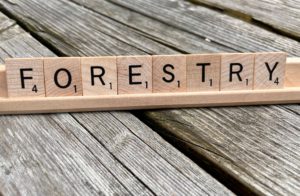


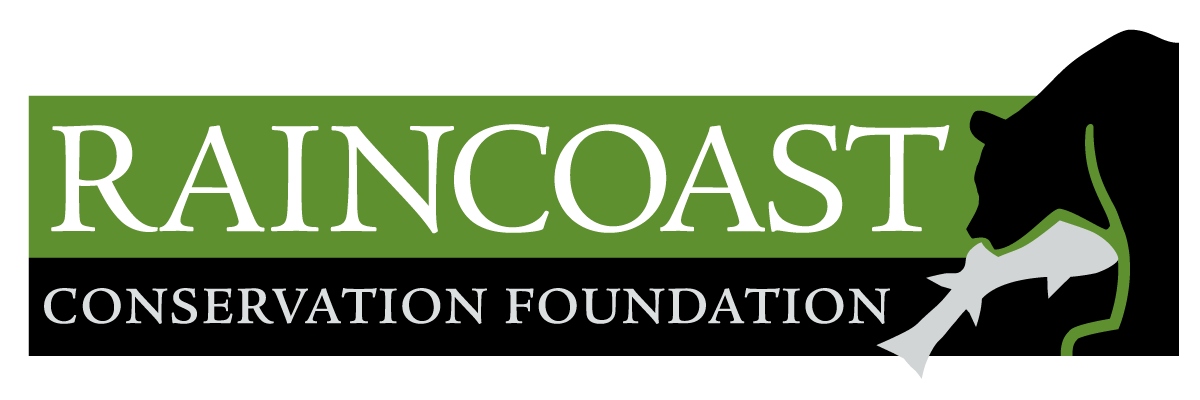

 Anderson Creek Timber is currently hauling logs from its property located just south of Nelson above the Rail Trail at Mountain Station. The work will continue for another three-to-four weeks, said Doug Thorburn, a forester with Monticola Forest Ltd. that manages Anderson Creek’s forest properties. … The 600-hectare Anderson Creek Timber property is private land and is therefore governed by B.C.’s Private Managed Forest Land Act, which provides much less regulation than the Forest Act in areas such as biodiversity, watershed protection, wildlife protection and harvest guidelines. …Anderson Creek Timber and Kalesnikoff, which has a public Crown land tenure over much of the Anderson Creek watershed, are working on a watershed assessment for the area… The reason the company has not done public information sessions about its logging plans … is that on privately owned land, compared with public land, there is less obligation to do so.
Anderson Creek Timber is currently hauling logs from its property located just south of Nelson above the Rail Trail at Mountain Station. The work will continue for another three-to-four weeks, said Doug Thorburn, a forester with Monticola Forest Ltd. that manages Anderson Creek’s forest properties. … The 600-hectare Anderson Creek Timber property is private land and is therefore governed by B.C.’s Private Managed Forest Land Act, which provides much less regulation than the Forest Act in areas such as biodiversity, watershed protection, wildlife protection and harvest guidelines. …Anderson Creek Timber and Kalesnikoff, which has a public Crown land tenure over much of the Anderson Creek watershed, are working on a watershed assessment for the area… The reason the company has not done public information sessions about its logging plans … is that on privately owned land, compared with public land, there is less obligation to do so.
 The Forest Enhancement Society of BC (FESBC) is accepting expressions of interest (EOI) for projects to assist the Province of British Columbia in advancing the environmental and resource stewardship of British Columbia’s forests. These projects must occur on provincial crown land and support one or more of the core purposes of the Society, which include:
The Forest Enhancement Society of BC (FESBC) is accepting expressions of interest (EOI) for projects to assist the Province of British Columbia in advancing the environmental and resource stewardship of British Columbia’s forests. These projects must occur on provincial crown land and support one or more of the core purposes of the Society, which include: ʼNa̱mǥis First Nation and the Province are one step closer to a joint decision-making agreement that will support predictable harvesting, job creation and sustainable forestry operations on the north Island. “The best way to move fibre is by working together and that is what we are accomplishing with the ʼNa̱mǥis First Nation,” said Ravi Parmar, Minister of Forests. “I am optimistic that this draft agreement will create good-paying jobs and help us in our efforts to provide stability and certainty for our coastal forestry sector, as we deal with Donald Trump’s attack on our forestry sector.” ʼNa̱mǥis First Nation and the Province have developed a first-of-its-kind draft Section 7 joint decision-making agreement for the forestry sector under the Declaration on the Rights of Indigenous Peoples Act (Declaration Act) and Forest Range and Practices Act.
ʼNa̱mǥis First Nation and the Province are one step closer to a joint decision-making agreement that will support predictable harvesting, job creation and sustainable forestry operations on the north Island. “The best way to move fibre is by working together and that is what we are accomplishing with the ʼNa̱mǥis First Nation,” said Ravi Parmar, Minister of Forests. “I am optimistic that this draft agreement will create good-paying jobs and help us in our efforts to provide stability and certainty for our coastal forestry sector, as we deal with Donald Trump’s attack on our forestry sector.” ʼNa̱mǥis First Nation and the Province have developed a first-of-its-kind draft Section 7 joint decision-making agreement for the forestry sector under the Declaration on the Rights of Indigenous Peoples Act (Declaration Act) and Forest Range and Practices Act. 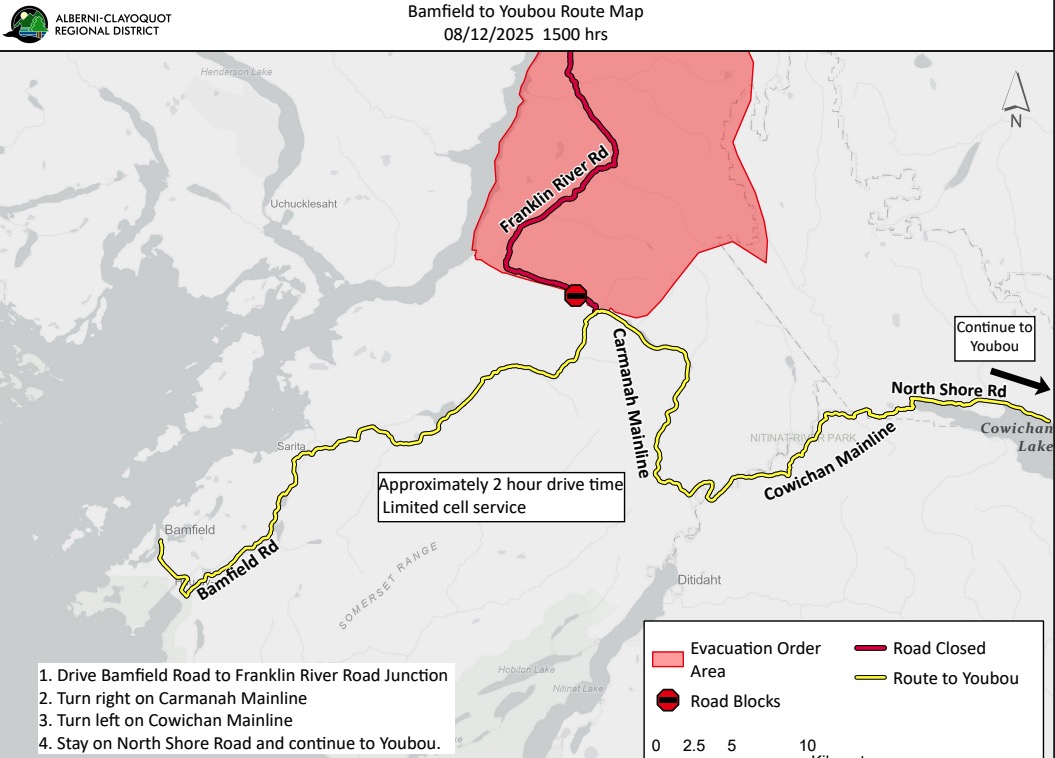 Since Aug. 11, the Bamfield Main Road has been closed. …When the Mount Underwood wildfire broke out, that road had to be closed because of a blaze raging nearby. …Bamfield-area residents have to travel more than four hours to get to Port Alberni. …Another point of frustration for the people on the other side of the closure is the existence of a logging road owned by Mosaic Forest Management, a section of that road goes around the Bamfield Main Road closure. Harrison said she and a small group of other people drove the road to check it out. …”The Youbou Road is 100 times worse than that little 20-minute bypass road,” claimed resident Sherry Harrison. …The ministry said the road owned by Mosaic is private and public use is up to the discretion of the company, but added those logging roads were not built and are not maintained for public use.
Since Aug. 11, the Bamfield Main Road has been closed. …When the Mount Underwood wildfire broke out, that road had to be closed because of a blaze raging nearby. …Bamfield-area residents have to travel more than four hours to get to Port Alberni. …Another point of frustration for the people on the other side of the closure is the existence of a logging road owned by Mosaic Forest Management, a section of that road goes around the Bamfield Main Road closure. Harrison said she and a small group of other people drove the road to check it out. …”The Youbou Road is 100 times worse than that little 20-minute bypass road,” claimed resident Sherry Harrison. …The ministry said the road owned by Mosaic is private and public use is up to the discretion of the company, but added those logging roads were not built and are not maintained for public use.